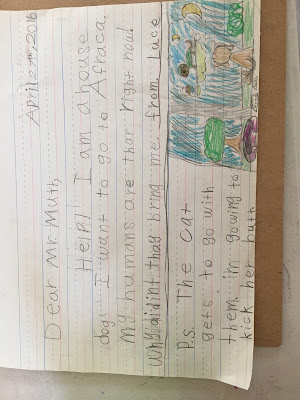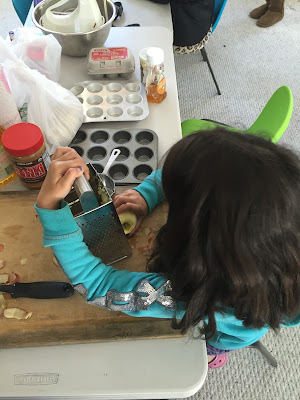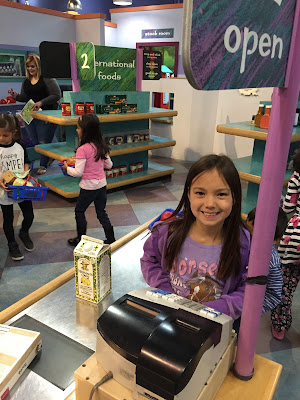Can you believe that we are done with the first year of Constellation? It went by in such a flash!
Our last thematic unit was studying outer space. We felt a special connection to this theme, since the name of our school is Constellation, and constellations are found in space!
We began our unit by learning about the order of the planets. We read about the difference between the inner and outer planets, the distance between planets, and the different climates and qualities of planets.
Astronomical units are the units of measurement used to determine the distance between planets. One AU is the same as 93 million miles on earth! We played a fun racing game where students drew each planet in chalk, using a distance of 24 inches to represent one astronomical unit. Some planets were one AU apart, others were 5. After we measured the planets and drew them, we raced!
We were really tired after running from the Earth to Neptune (the furthest planet in the solar system)!
After learning about the planets, we focused on the moon. We enjoyed learning about the lunar phases and using Oreos to demonstrate how the moon changes over the course of one month.
The moon has a very interesting surface, filled with craters and rocks. We made our own moon rocks out of baking soda, paint and glitter.
Of course, we remembered what happens from previous experiments during other projects what happens when you mix baking soda and vinegar. We decided to see what would happen when we added vinegar to some of our moon rocks.
After learning about the moon, we moved onto the sun. We all know that the sun is strong, so we decided to test some sunscreen to see what the true effects of sun are on our skin! We painted dark pieces of construction paper with sunscreen, and left the papers out in the sun for most of the day. By the end of the day, it was clear that the dark paper was extremely dry and faded, while the parts that were covered in sunscreen stayed a bright color!
We can do a lot to protect our skin from harsh sunlight, but sometimes we still get burned! Constellation students created their own aloe-vera lotion just in case we forget to reapply!
From the sun, we moved on to stars (and yes, the sun is a star!). We loved hearing the myths behind all of the constellations we see in the sky at night. We learned that you can only see certain constellations in different seasons. We created a "Universe in a Box" that tells us what time of year we can see different constellations!
We also made constellation flashlights out of toilet paper rolls. We cut out small circles of the different constellations and poked holes into the parts where the stars connect. If you shine a flashlight through the roll, you can see a constellation!
The stories that were told by ancient Greeks about the constellations inspired us to create our own constellations out of marshmallows and toothpicks. Each student wrote an origin story to go with their unique constellation.
Astronauts are brave scientists and explorers who go into space. We loved watching a video tour of a space-station. The astronaut leading us around showed us all of the ways that they store and eat food and drinks up in space. After learning about what astronauts eat up in space, we made our own space pudding out of dry milk, powdered pudding mix, and a little bit of water! We even ate it out of ziplock bags similar to the pouches that astronauts use to eat their food in space!
To end this wonderful unit, and this amazing year, we took a trip to Discovery Science Center to check out the rocket lab and mission control areas. We experienced what it was like to be launched into space by a rocket.


We also looked at models of the Earth and Mars. We noticed some of the craters and volcanoes that we learned about when reading about Mars!
We had a "blast" launching satellites into space at Mission Control Center!
At the end of the unit, students presented about their selected planet. We saw a great puppet show about Mars and Neptune. We learned about the Earth, Venus and Uranus from some hand-made brochures and posters!
Constellation sure did have a busy, but very fun year. Now, for a relaxing and exciting summer filled with meaningful learning through our amazing experiences!















































